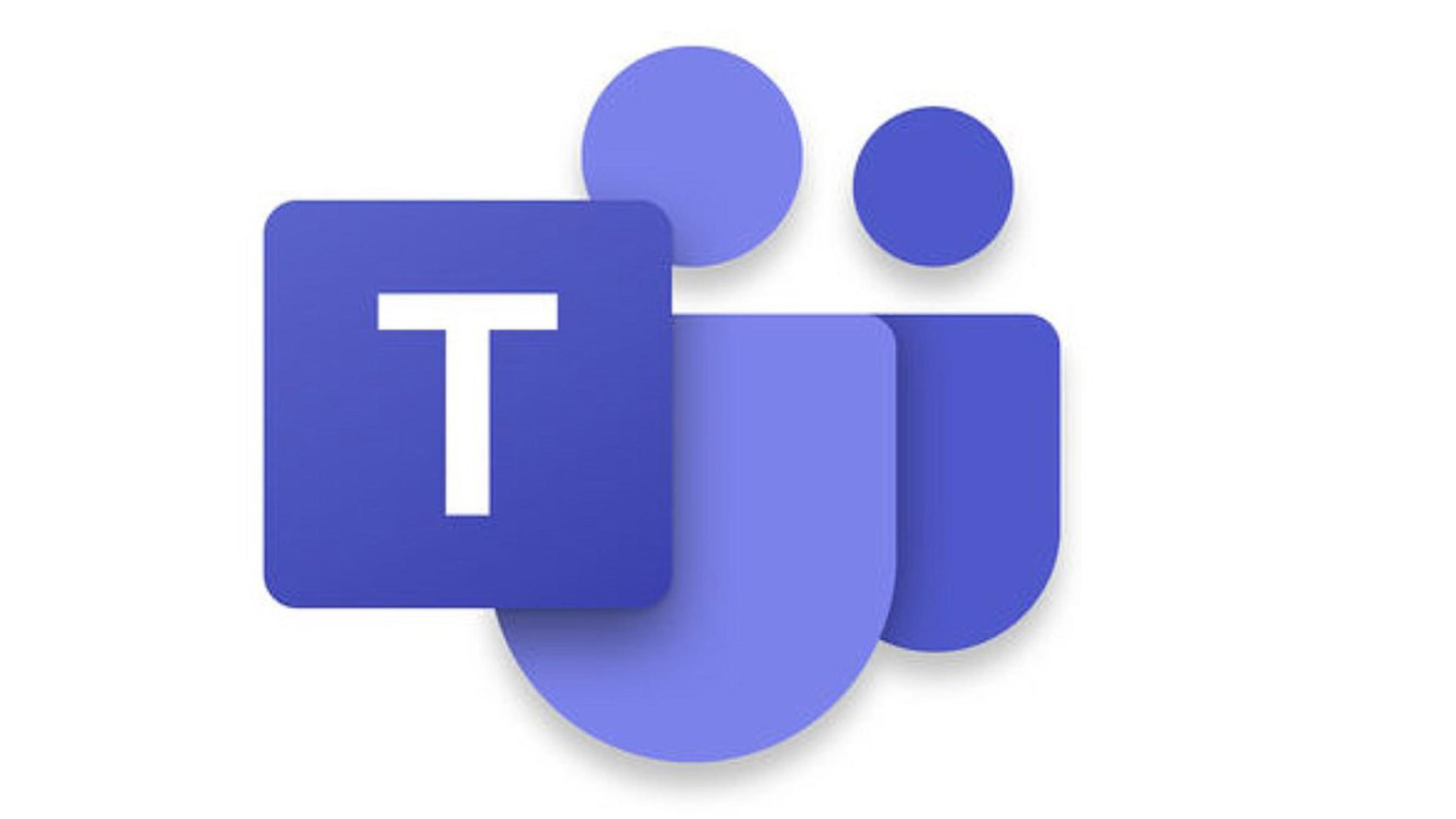
There are many different routing possibilities depending on how your customer runs their business and their day-to-day business processes. Here is some things to take into consideration when designing call flow.
Do Not Create an Endless Looping Effect!
With every Ring Group and Call Queue there is an option as to where to send a call if it was not answered in the original time allotted. In this example a BVoIP Partner was tasked to:
- have calls ring a first set of phones,
- if they didn't answer in 20 seconds then send calls to an "overflow" ring group with members of the original ring group plus some others
- If the call still wasn't answer to send the call back to the first ring group
In this case this loop could cause a system to crash especially if there were many extensions in the group triggering multiple devices. The moral of this story is to step back and look at this from a business perspective and simplify the call routing. Maybe it would have made more sense to have one call queue in this case and then have people log in and out of the queue if some extra help was needed in the back office.























